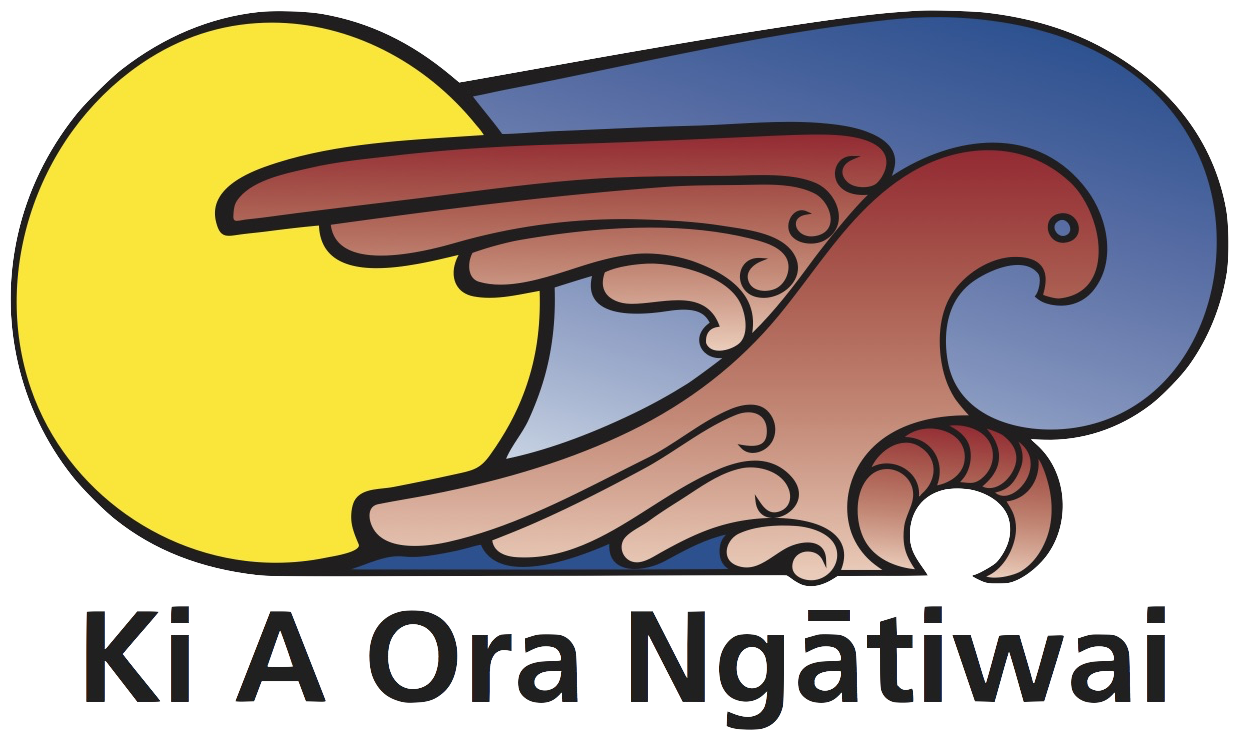About
Ki a ora Ngātiwai deliver primary health, Whānau ora and public health services across the boundaries of Ngātiwai from Tapeka point, down the eastern coast of Te Tai Tokerau to Takahiwai, Ruakākā in the south, including Whakapara, Hikurangi & Whangarei
NGĀTIWAI WHAKAPAPA
The Ngātiwai iwi descended from the tribe of Ngāti Manaia. They came on the canoe Māhuhu-ki-te-Rangi. All the mana of Ngātiwai comes from the wai, the taniwha and their wairua. There is a cave at Motu Kōkako known as Manawahuna. If the sand at Manawahuna is seen to be disturbed, a storm will rise, rain will fall and no person will be able to escape this place. The elders left a saying:
Do not disturb the sands of Manawahuna, lest you be lost at sea, lest you die.
When Manaia first arrived here he resided at Motu Kōkako (Cape Brett) and Maunganui. From there he went to Taupiri. His canoe was broken in the vicinity of this place. He stayed there awhile and from there he went to Mimiwhangata where he remained for several years. From Mimiwhangata he went to Whangaruru, where again he stayed for several years. He also stayed at Tawhiti Rahi (Poor Knights). His places of residence within that area were Ngunguru, Matapouri, Whananaki and Whangarei Heads. In the old days Whangarei Heads was known as Whangarei Terenga Paraoa which means Whangarei the gathering place of whales.
During the sojourn of Manaia in Whangarei Terenga Paraoa, his powers were the powers the sea as mentioned in the following Patere:
Bring a stormy tide to Motukokako
May the plumes of Tu-te-mahurangi be moved
The birds that carry tidings to Pouerua
Mists are clinging to Rakaumangamanga
So you may bless the battlefield
Follow me!
You are very welcome, Father Apatunga
Wharena is saying Let us make peace —
But peace will never be made Ngapuhi will oppress us
Their lies the water of Taiharuru
From there the Ngātiwai paddled
To Purawiri
Where Wehenga will spell death Kumeroa will spell victory
The tides that flow out on the horizon
Are currents linking me to the albatross
Follow me!
This Patere tells of the powers at Manawahuna. When Ngātiwai went to battle they would first visit the cave at Manawahuna. If they became wet, they would take this as a propitious sign. If they did not get wet, this would be a bad omen. Misfortune would befall them: they would either fall ill or else they would not survive the enemy. The power there at Manawahuna was one of the many powers of Ngātiwai. Tu-Te-Mahurangi mentioned in the patere is the messenger bird of Ngātiwai. It's other name is Tukaiaia. When Ngātiwai journeyed forth this bird would be seen settling in a certain place. Only then would people know that Ngātiwai was around. Another of the powers was at Taiharuru. This was contained in the water, and was known as a cautioning as at Marotiri. This is why Ngātiwai was called such. Marotiri mentioned here is outside Whangarei. It is an island now known as "Chicken." The other island now known as "Hen" was known by Maori as Taranga. These were some of the places where Manaia would stay when he was troubled. While Manaia stayed at Mimiwhangata a great battle took place. It was Ngapuhi wager against him. The cause of the battle was the murder of Te Waero by Ngati Manaia. Te Waero was from Ngapuhi, he had married descendants of Manaia. The big battle was fought at Mimiwhangata, and a great majority of Ngāti Manaia was killed. Those who survived, fled here and there, to Whangarei Heads, to Omaha, to Pakiri, to Auckland and Great Barrier. It was through intermarriage that Ngapuhi and Ngātiwai were brought together.

